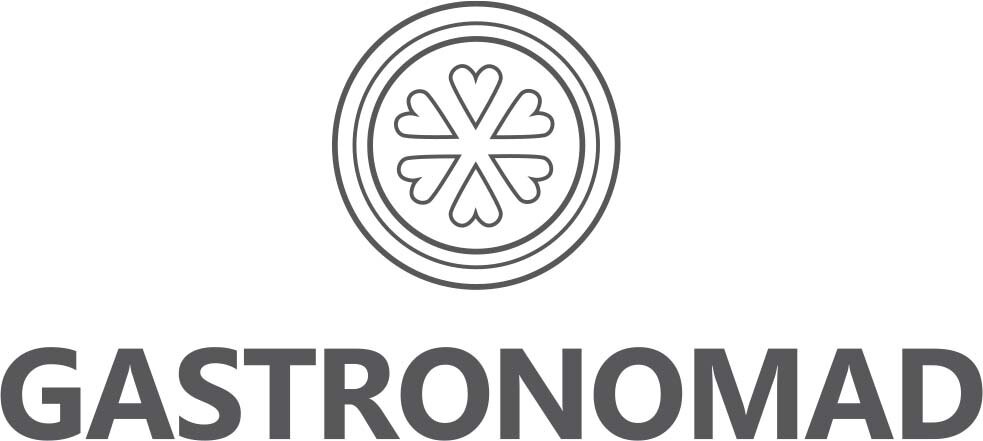The Rolling Stones played in Havana, which is a big deal for Cuba. It's the first such concert ever -- and in fact merely owning a Rolling Stones album or CD was illegal here until recently.
Around a half million people showed up, including us.
It was about an hour and a half walk across Havana to get to the venue. This hike took us through some extremely dilapidated neighborhoods. Havana builders used to obsess with using ancient Roman-style pillars, so it felt like we were walking through an ancient Roman ruin. But people were living in the wrecked buildings.
In the last mile before the concert location, which was Ciudad Deportiva (that sounds to me like "Deportation City," but Amira assures me it means "Sport City") the number of people per square meter continued to grow. And all the buildings across the street from the venue were packed to the rafters -- balconies, porches, and rooftops.
Near the entrance to the venue, something interesting happened (and by interesting I mean terrifying).
Before I describe this part of the story, let me point out that I'm not a big fan of crowds. I normally don't go to concerts, and didn't want to go to this one. But the event was so historic for Cuba, and Amira was so enthusiastic about it, that I agreed to go near it to see before proceeding inside.
Ciudad Deportiva is a huge open field, surrounded by a high fence. They had one entrance that I'm aware of, and military people were frisking (pretending to frisk) people coming into that one narrow entrance (narrow enough so that The Three Stooges couldn't get through it without bumping heads.) Dangerously, the entrance required you to step over a two-foot high cement mini-wall, which you couldn't see because of the dense crowd.
My wild guess is that about 20 people per second were showing up at the periphery of the entrance mob, while the military bouncers were allowing in maybe 3 people per second. So imagine a fence with an entrance, and hundreds of people crammed together in a half circle trying to get in. All the while more people showed up on the periphery of said half circle and, as they did so, the density of people within 30 feet of the entrance grew increasingly high.
We found ourselves in this mob, which continued to get larger and more compressed by the second. Even though we were outside, the air was like the air in a tiny, stuffy room.
As the crowd became more compressed, we found ourselves completely squeezed from all sides by the crowd to the point where it took some effort to physically inhale. Some people started yelling at the soldiers to let people in faster. There were minor altercations and some pushing and shoving but there was literally not an inch of space between all the bodies. We were just one giant mass trying to get in. Some people started freaking out a little.
Kenny was between Amira and me, and Amira was being protected by our new friends, one of whom was an off-duty cop. Kenny was intent on keeping us from being separated, and at some points he reached his gorilla arm over the heads of three or four people to grab my shirt to keep us attached. (Using a colorful Marine Corps phrase, Kenny described the situation as "balls-to-butts.")
It occurred to me that no crowd control was being applied at all. There were no dividing rails or ropes of any kind and therefore no lines to be formed -- no plan other than to let a crowd of any size show up at the entrance, then magnify the bottleneck with security theater.
By the time I was 10 feet from the entrance, I would guess the mob at the gate had grown to about 30,000. A soldier tried to frisk me, but couldn't physically wedge his hands between me and the people surrounding me. While he was still trying, the crowd pushed me, and our cop friend pulled me, and so I managed to get swept (as with a tsunami) past the soldiers and onto the venue grounds inside the fence.
Huge credit goes to Cubans in general, who are easygoing and thick-skinned and not prone to panic.
Once inside, we found a nice place to stand, and the concert started maybe a half hour after we got in.
I guess Cuba isn't a balloon or beach-ball kind of country, so it was inflated condoms that bounced and skimmed over the crowd.
If you want music criticism, I can say that the Stones, well, they're the Stones, and they've still got it.
One of our new friends told us that the sound system was vastly superior to anything ever to exist in Cuba. And the video screens looked amazing (our Mendocino wine guru, John, has a brother who deserves some credit for the quality of the video part of the show, I'm told).
Diehard Stones fans with Rolling Stones t-shirts, signs and other communications media in attendance from Cuba and from all over the world. And there were endless gaggles of teens, tweens, and twenty-somethings who were there just to commingle and party.
It was clear that a huge chunk of us were there for the history including families with children and plenty of grandparents. Just to be at a rock concert in Cuba -- just to be allowed by the Cuban government to assemble for something other than a pro-government rally -- was a massive turning point in post-revolutionary history of Cuba.
As one of our new friends said it so eloquently, "this is an important event for us (Cubans). For 50 years I was forbidden from listening to this music and now this concert is symbolic of new times."
First Obama. Then Jagger. Who's next? Zuckerberg? Everyone here feels like change is coming and that there's no turning back.

